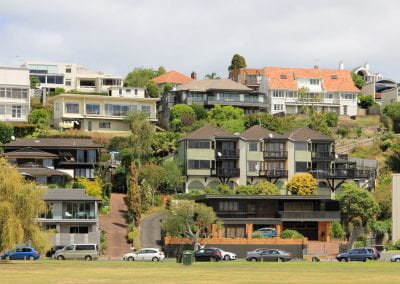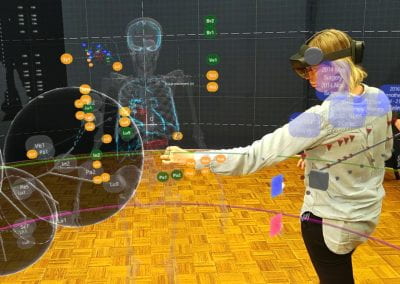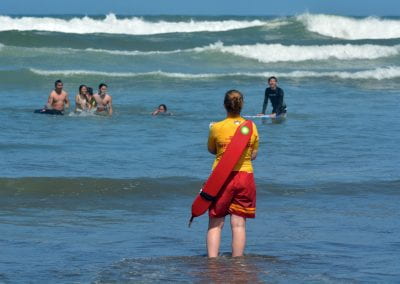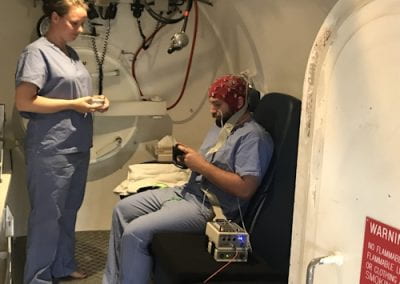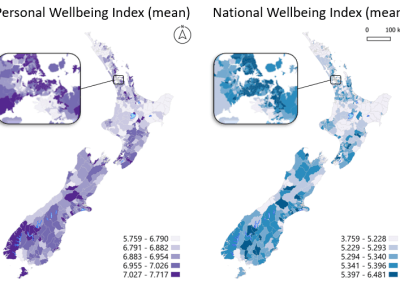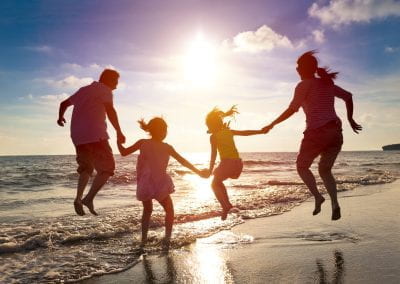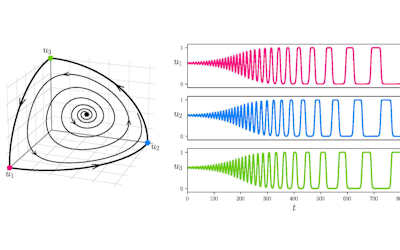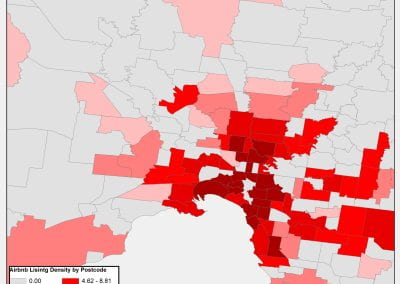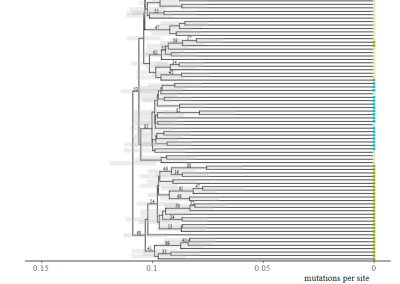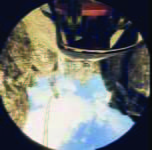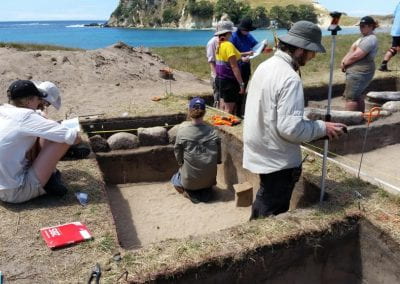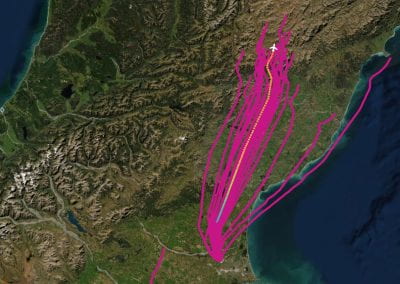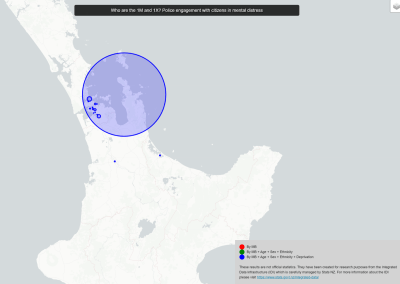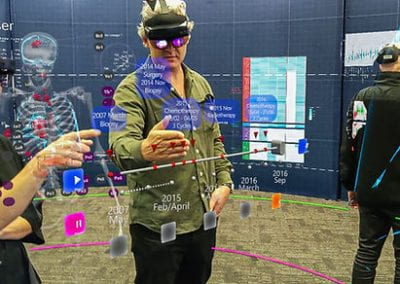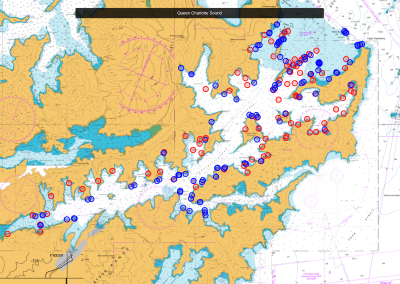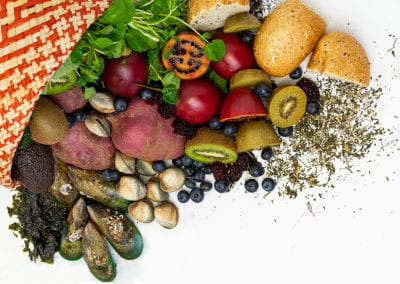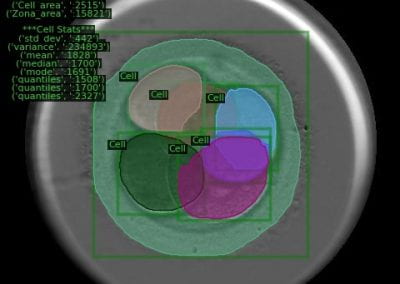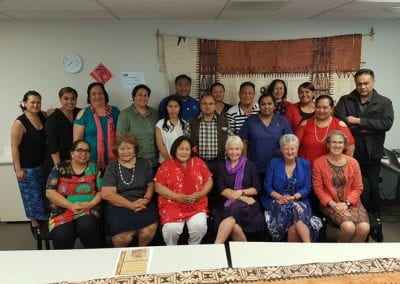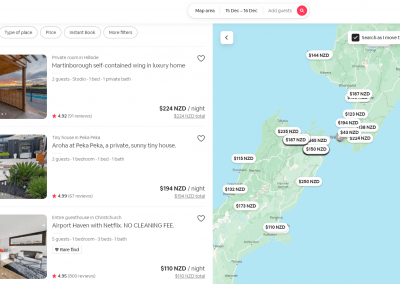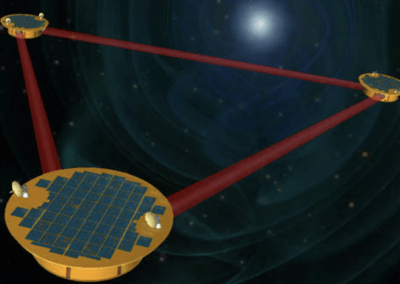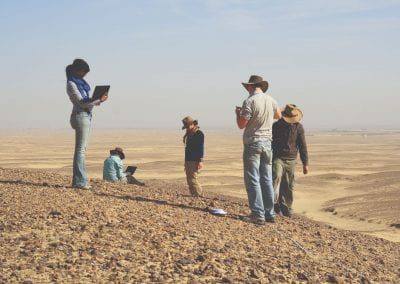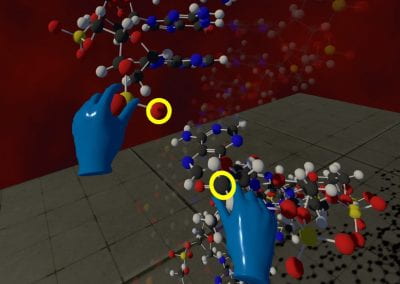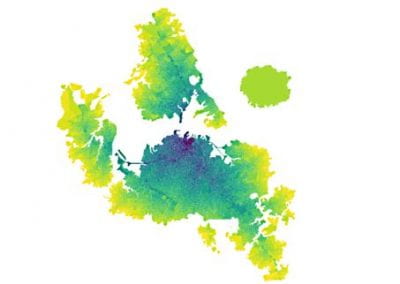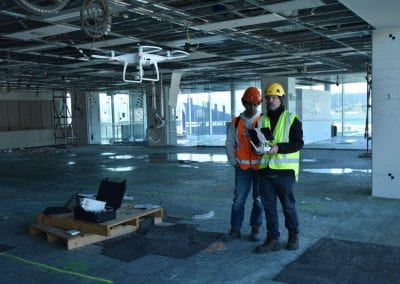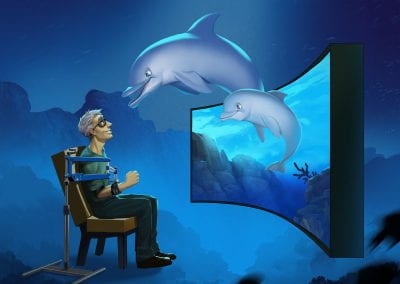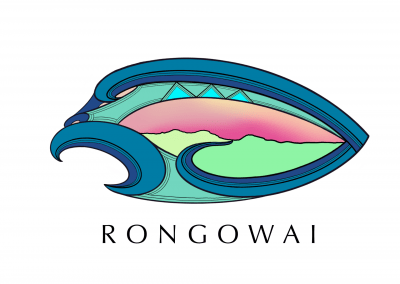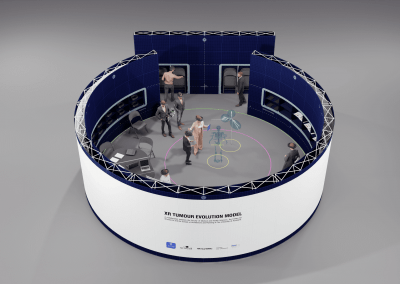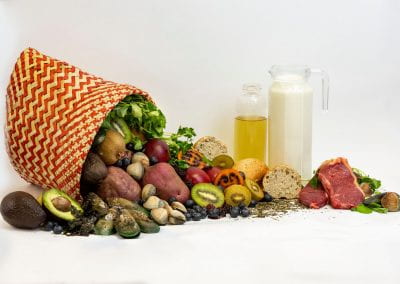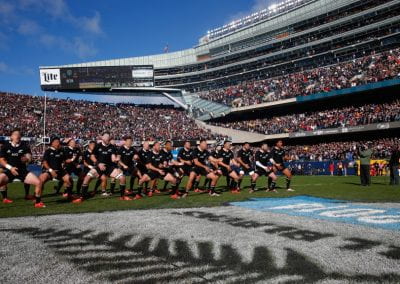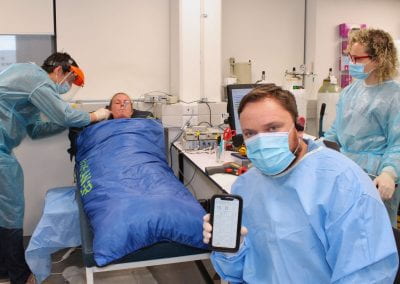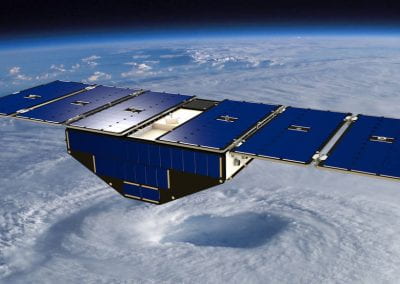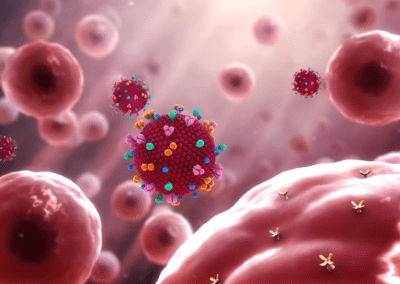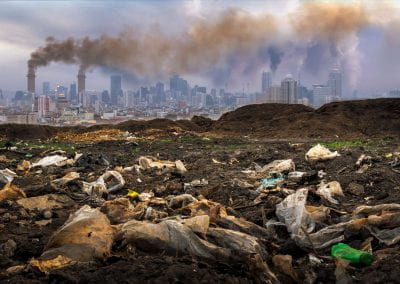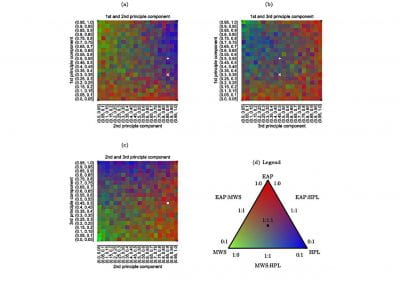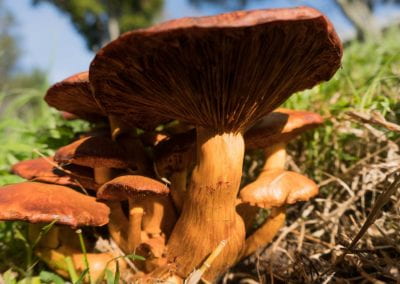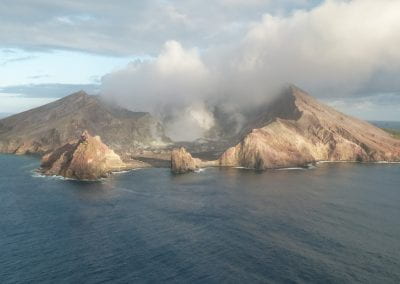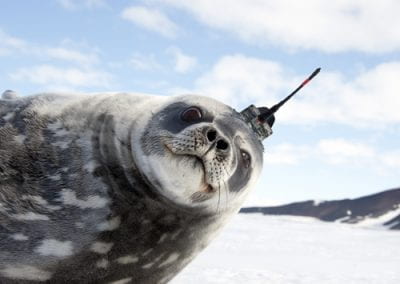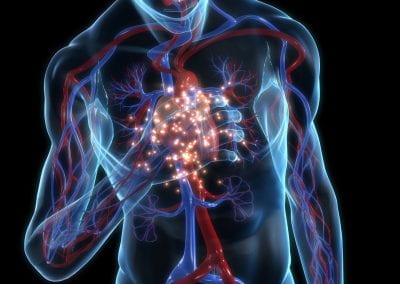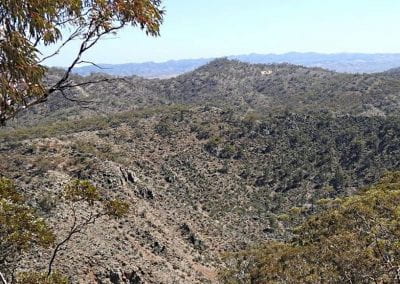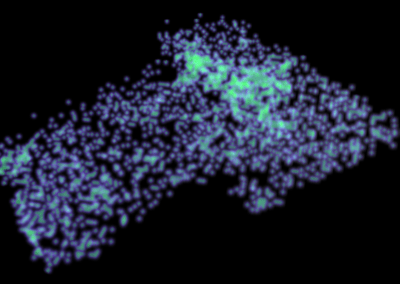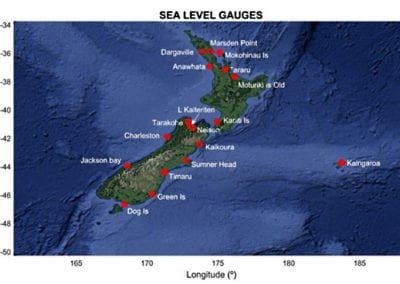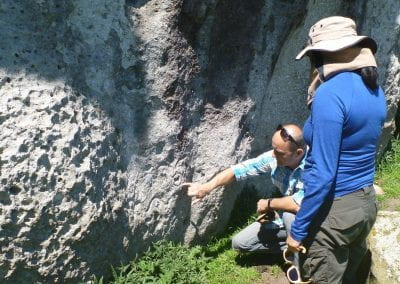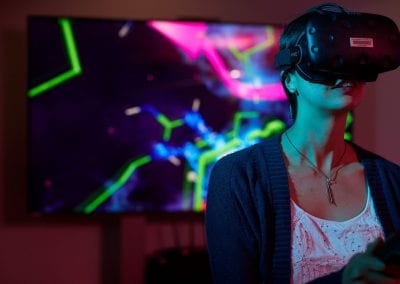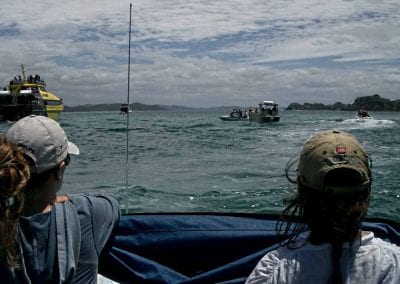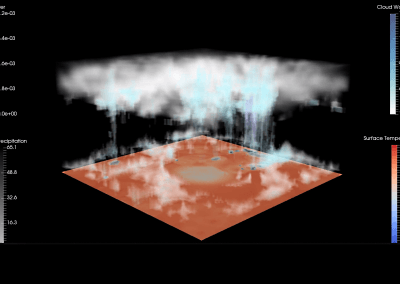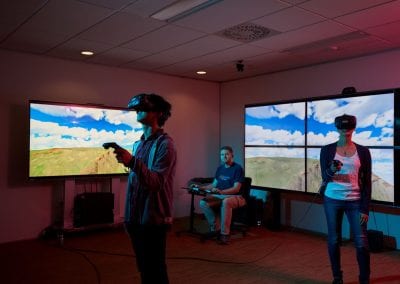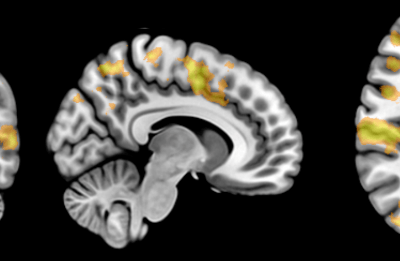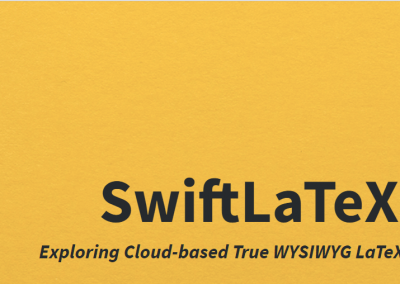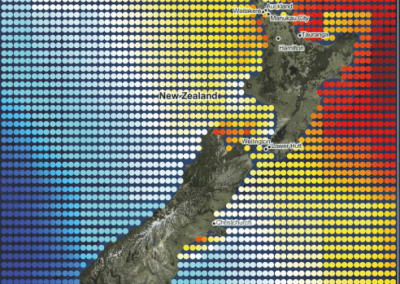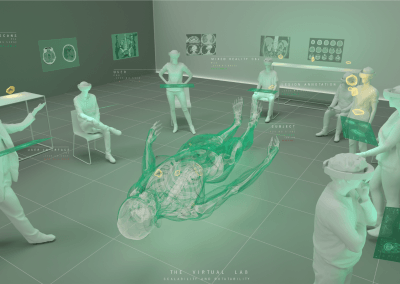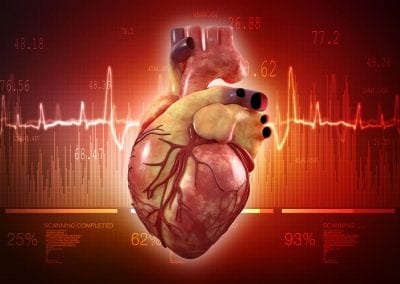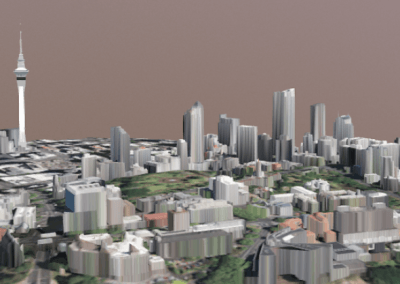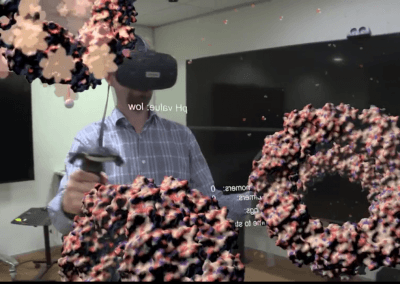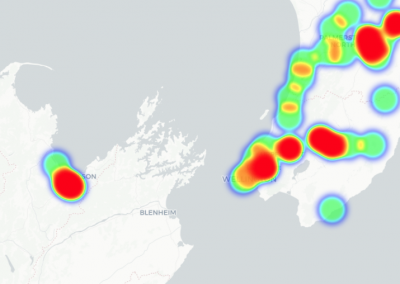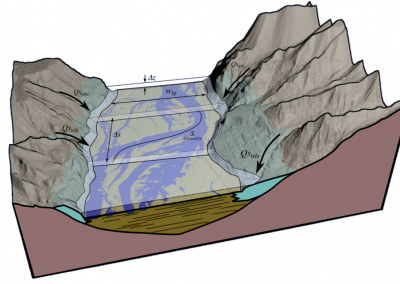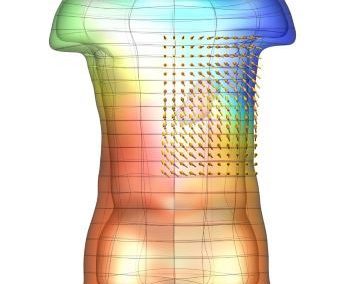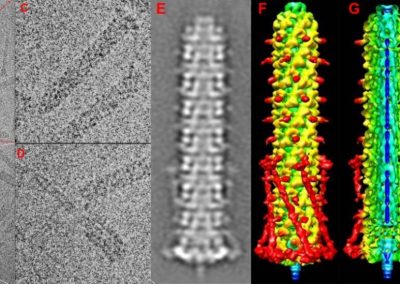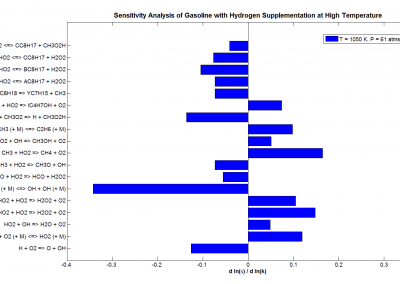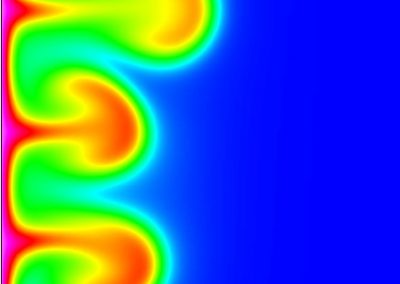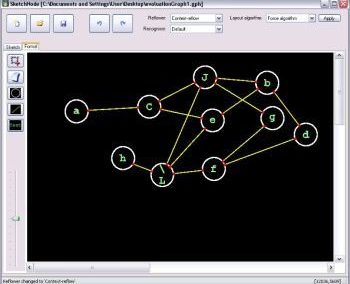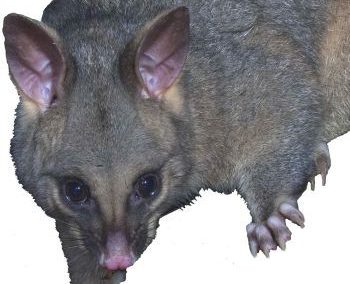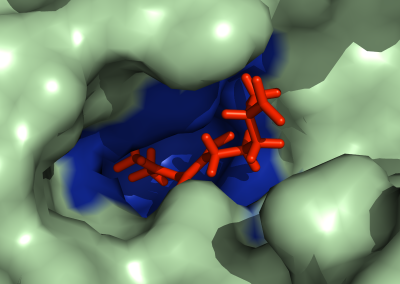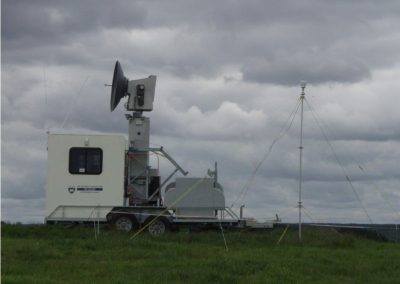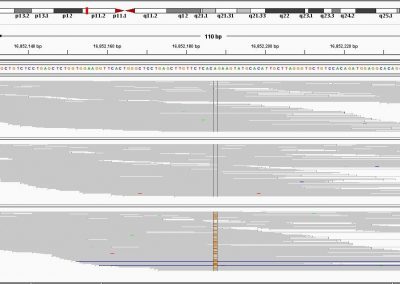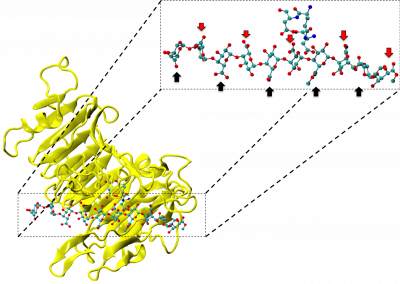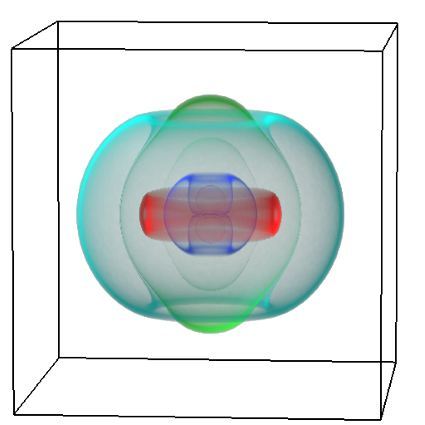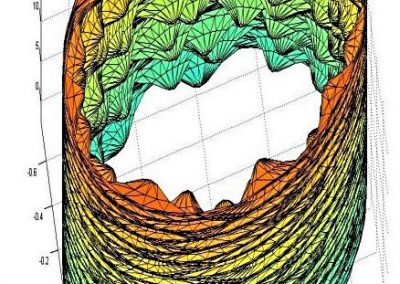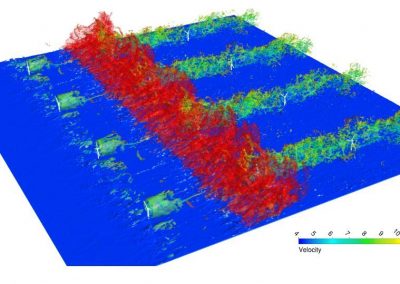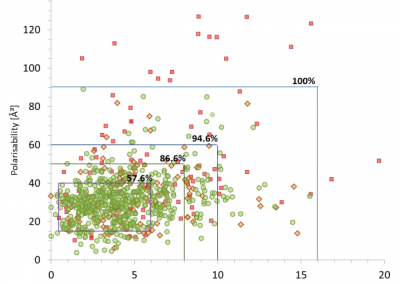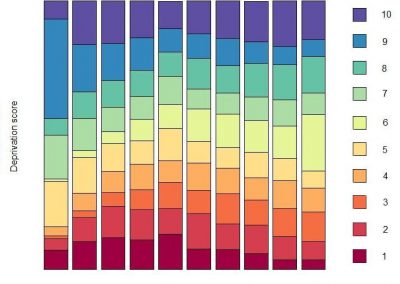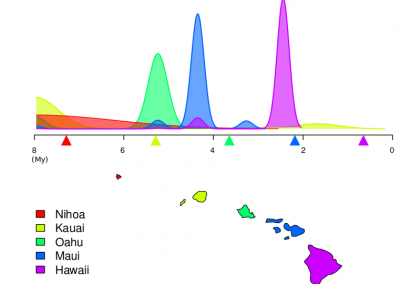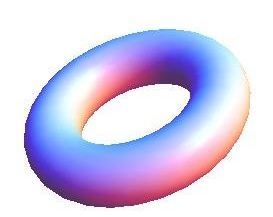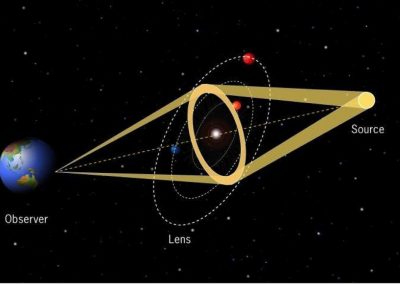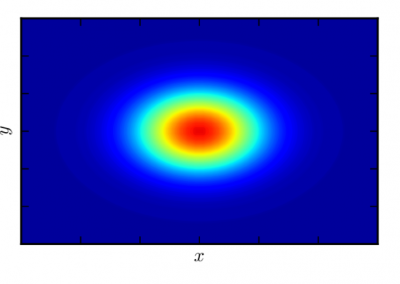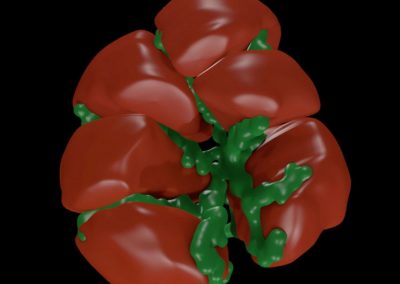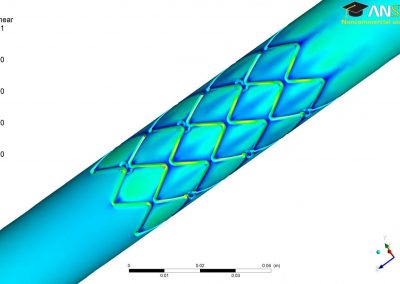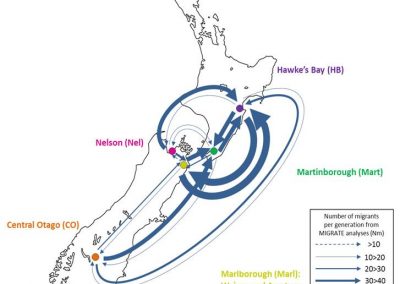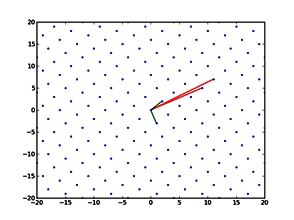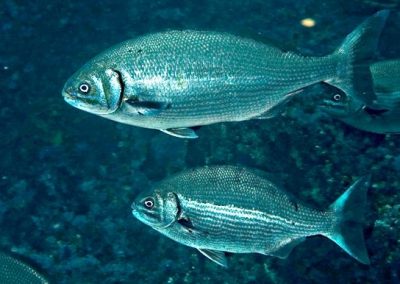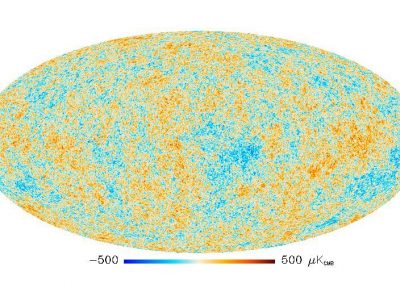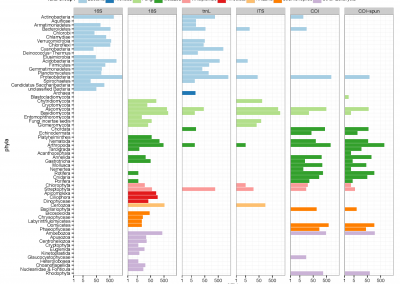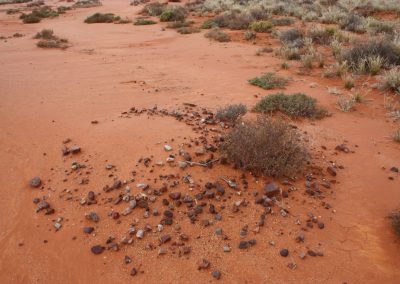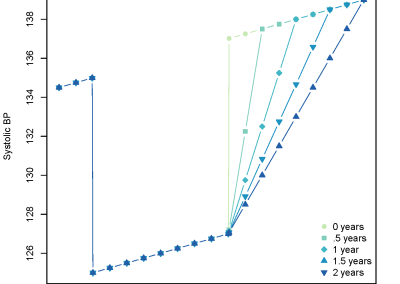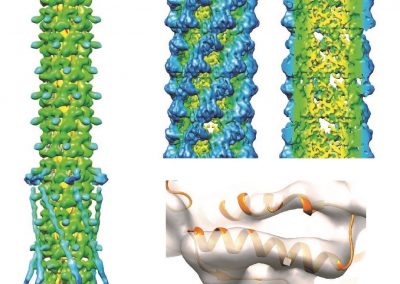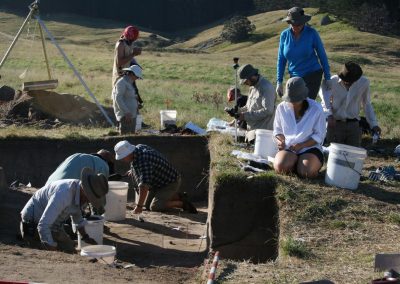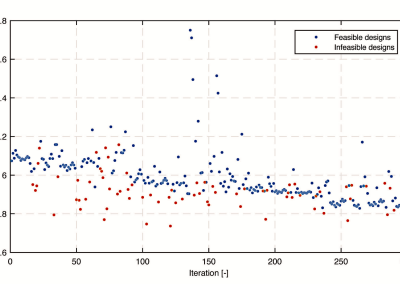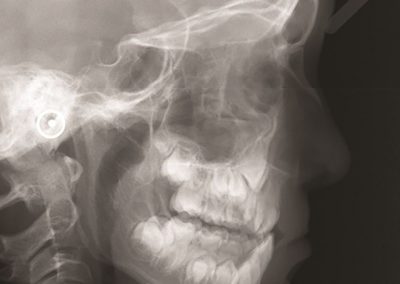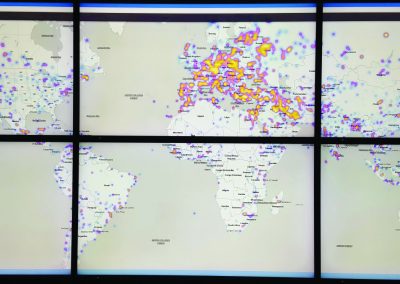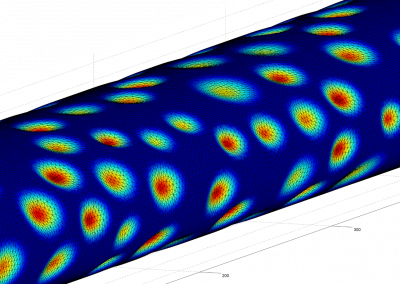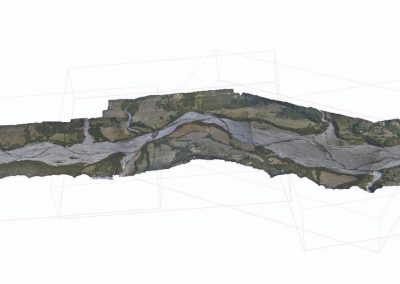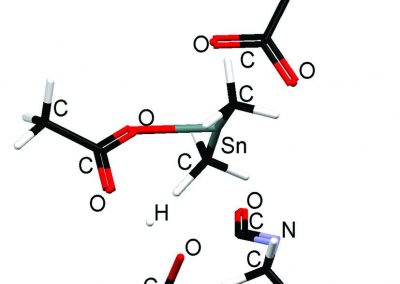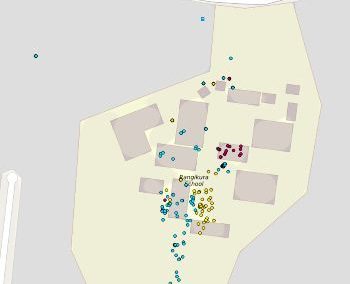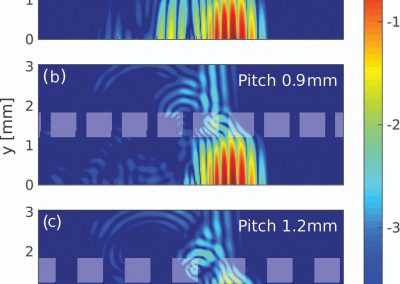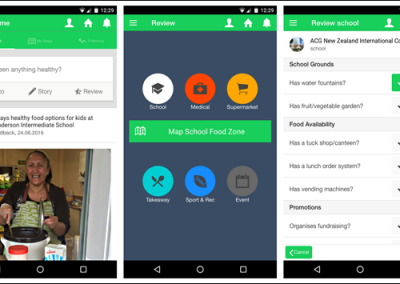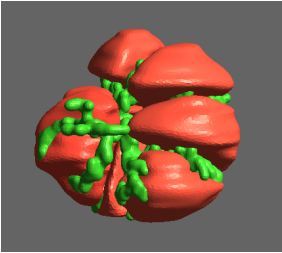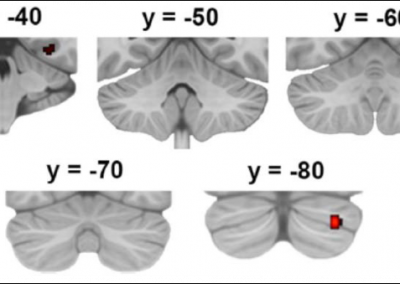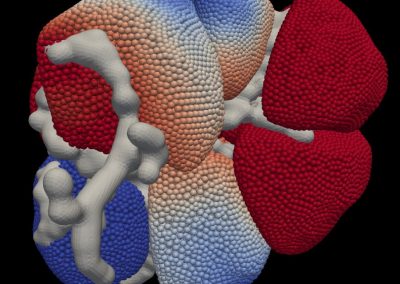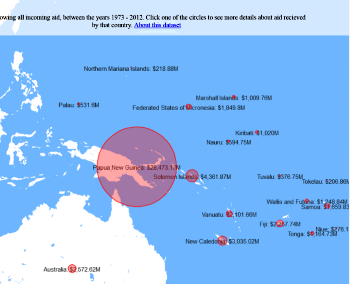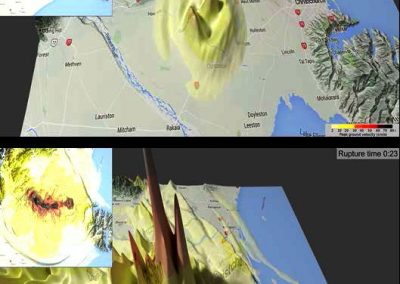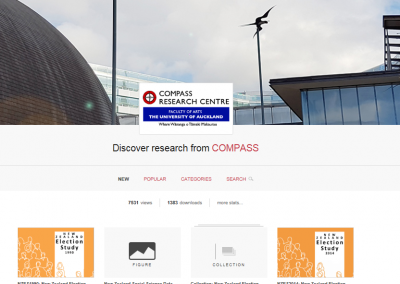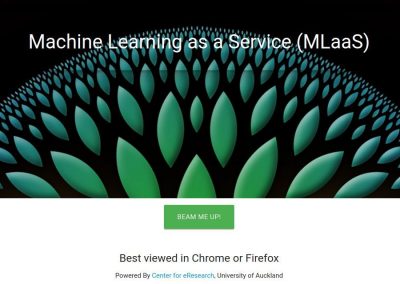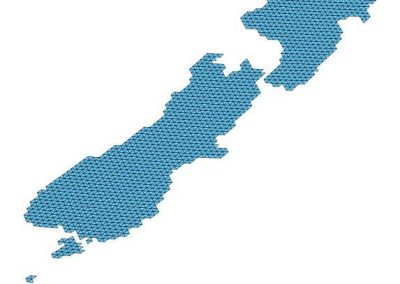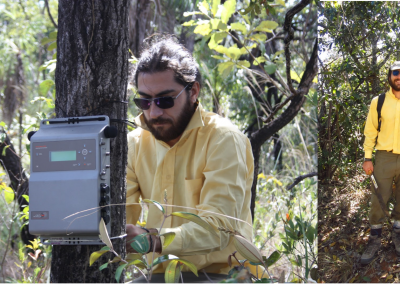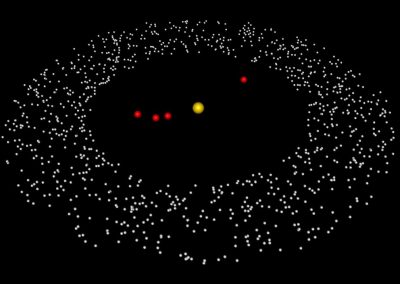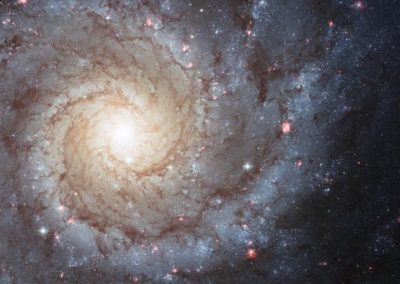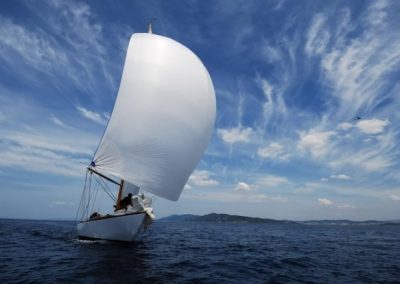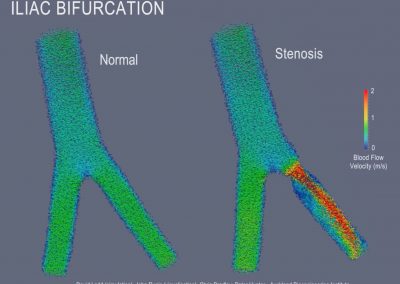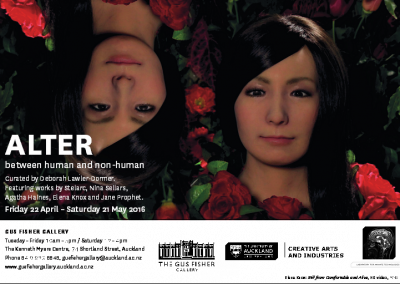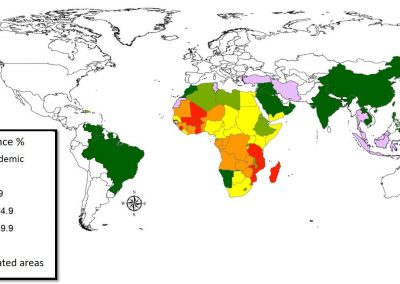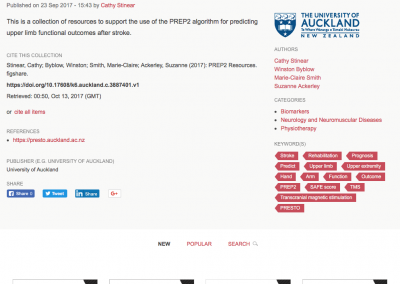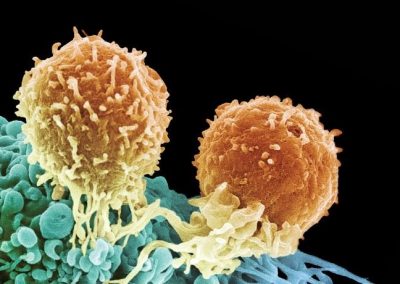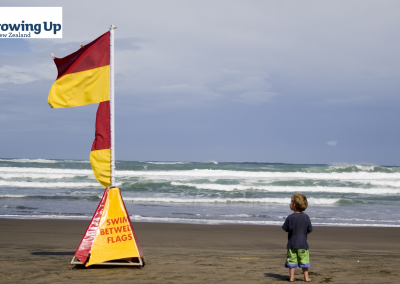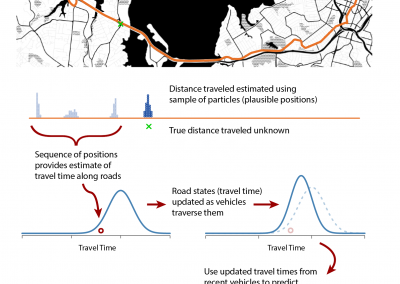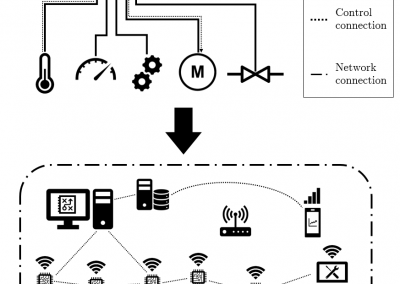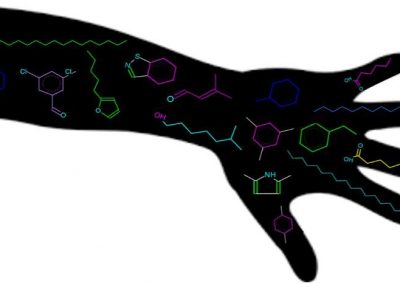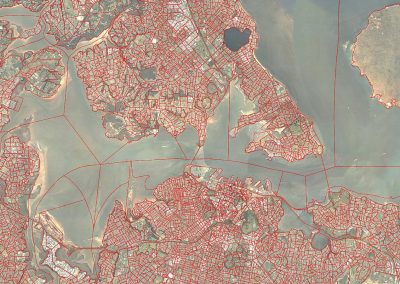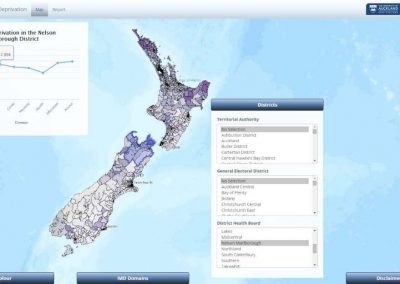
Analysis of incidents on New Zealand beaches
Mick Kearney1, Juliana Albertoni de Miranda1, Nelis Drost2, Laura Read3, Prof Giovanni Coco3
1 SurfLife Saving New Zealand
2 Center for eResearch
3 School of Environment
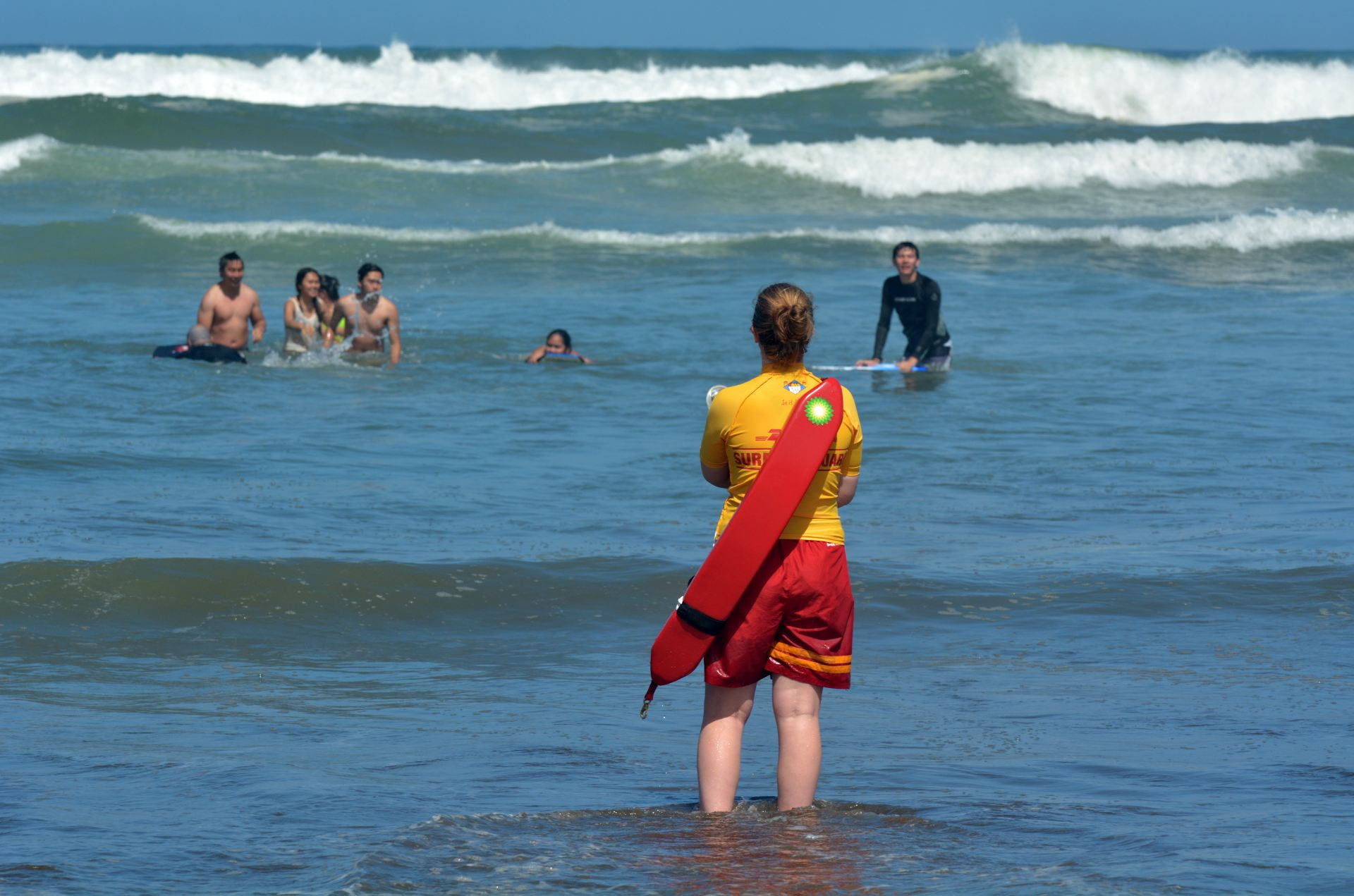
Introduction
Beaches are a popular destination for recreational activities such as swimming, surfing, and sunbathing, and they are an important source of economic revenue for countries with coastal regions. However, beaches can also pose significant safety risks, with water-related incidents leading to injuries and deaths each year (World Health Organization, 2014). Despite the risks associated with beaches, they remain a popular destination for locals and tourists alike, and it is crucial to ensure that they are safe for everyone. Beach incidents can have a profound impact on individuals and their families, as well as on society as a whole. In addition to the physical and emotional tolls of injuries and deaths, beach incidents can also result in significant economic costs, including healthcare expenses and lost productivity.
Globally, research has focused on several aspects of beach incidents, but the main hazard to humans occurring on open coast beaches is identified with the presence of rip currents, while other hazards related to beach activities tend to play a minor role. Short and Hogan (1994) reported that around 70% of along the coast of New South Wales were dominated by the presence of rips, and that 89% of rescues on those beaches were related to rip currents. A more recent study dealing with the whole Australian coast reported similar findings (Brighton et al., 2013). Similarly, Scott et al. (2007) analysed beach rescue statistics in Southwest England and found that over 70% of recorded accidents were due to rip currents, which were usually present at low tide. Similar findings were reported by other authors, including, for example, Klein et al. (2003) for the coast of Southern Brazil and (Arun Kumar and Prasad, 2014) for the coast of India. Studies have also analysed in detail the demographics of victims showing that male teenagers tend to be the most likely group subject to incidents (Gensini, and Ashley, 2010, Woodward et al., 2013; Segura et al., 2022). Koon et al. (2018) looked at the oceanic conditions leading to rescue and found that the frequency of incidents increased with wave height up to a certain value of wave beyond which (i.e., very large waves) the frequency of rescues actually decreases. Additionally, Koon et al., (2023) showed that fatal drownings are more likely to occur for low water levels.
New Zealand is home to numerous picturesque beaches that attract both locals and tourists. The beach culture in New Zealand is deeply ingrained, with activities such as surfing, swimming, and sunbathing being extremely popular. The tourism industry is also heavily dependent on the country’s beaches, with visitors drawn to New Zealand’s stunning coastline and pristine waters. Surf Life Saving New Zealand (SLSNZ) is a non-profit organization that aims to promote beach safety and reduce the incidence of drowning and injury in New Zealand. SLSNZ provides essential services such as lifeguard patrols, public education campaigns, and emergency response services. In addition to providing essential lifeguard services and emergency response, SLSNZ collects report/data forms on beach incidents, providing valuable insights into the risks and challenges managing New Zealand beaches.
Moran and Webber (2014) used report forms from SLSNZ to analyse the type of injuries occurring on New Zealand beaches and concluded that over 80% of injuries were minor and of recreational nature. Also, as reported in Brigthton et al (2013), data from SLSNZ indicates an average of 800 rip-related rescues per year, corresponding to almost 50% of all rescues.
Analysing incident data reported by SLSNZ can help identify trends and risk factors, informing strategies for prevention and improving beach safety for all. In this paper, we will analyse the incidents reported by SLSNZ, focusing on the types of incidents, their frequency and severity, and the associated environmental factors.
Data and methodology
The study is based on an analysis of 38310 Incident Report Forms (IRFs) collected by SLSNZ over the summer season from the year 2000 until 2020 (the data collection programme is ongoing) for a variety of beaches around New Zealand (Figure 1). IRFS are routinely completed by SLSNZ lifeguards and include a variety of information related to the incident: the date/time when it occurred, the level of severity, the type of activity being performed when the incident occurred (e.g., running or surfing), the reason for the incident (e.g., rip current or equipment failure), the visually estimated wave height and the weather conditions. The incident severity level involved 5 possibilities: (1) No treatment/Unknown, (2) First Aid/Rescue, (3) Sent to doctor, (4) Ambulance/Life threatening, (5) Deceased. Overall, we used 38310 IRFs for analysis. Because of the limitations in the visual estimate of wave height in the IRFs, we used a validated hindcast (Albuquerque et al., 2021; https://coastalhub.science/data) to extract wave characteristics (significant wave height, peak wave period and mean wave angle) for each of the incidents. While the use of the hindcast data allowed for a better characterization of wave conditions, it also reduced the dataset to the period over which the data was available (1993-2020). Tidal stage for each of the incidents was derived from a model developed by the National Institute of Water and Atmosphere (NIWA, https://tides.niwa.co.nz/). Given the large number of IRFs available, algorithms were generated for both the waves and the tides, to extract the time and location of the incident from the database and automatically obtain wave characteristics and tidal conditions. IRFs that did not provide the incident time were discarded.
Each beach was analysed individually and compared to its “beach cluster”, where a cluster comprises every beach that falls within a 20 km distance. We have also specifically searched and reported on the role of rip currents, which represent the majority of the incidents (9427 rip incidents out of a total of 38310 incidents).
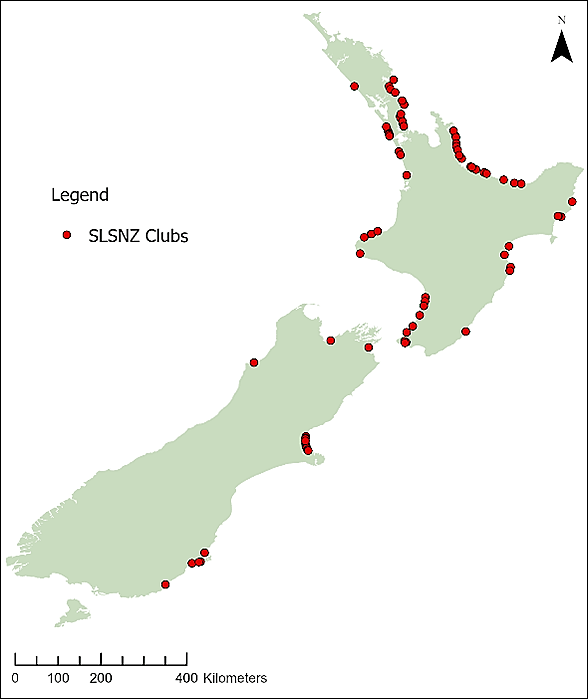
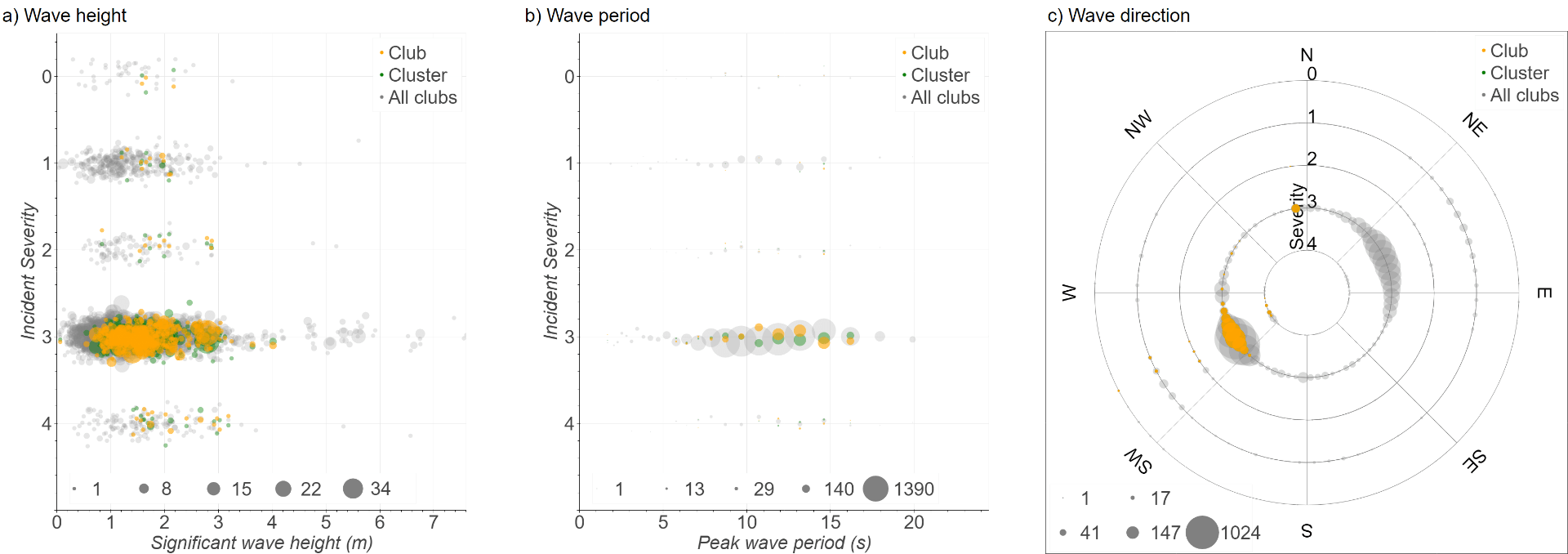
Figure 2. Number of incidents for different severity levels against wave conditions at Raglan beach: significant wave height (a), peak wave period (b), angle of wave approach (c) from the hindcast model. Circle area is proportional to the number of incidents, not consistent between variables (see scale in each subplot). Each subplot shows the incidents that occurred at a specific club (orange), the cluster related to nearby clubs/beaches (green), and data from all clubs/beaches combined (grey). Circles are randomly shifted vertically to facilitate visualization of overlapping circles. Incident severity: (1) No treatment/Unknown, (2) First Aid/Rescue, (3) Sent to doctor, (4) Ambulance/Life threatening, (5) Deceased.
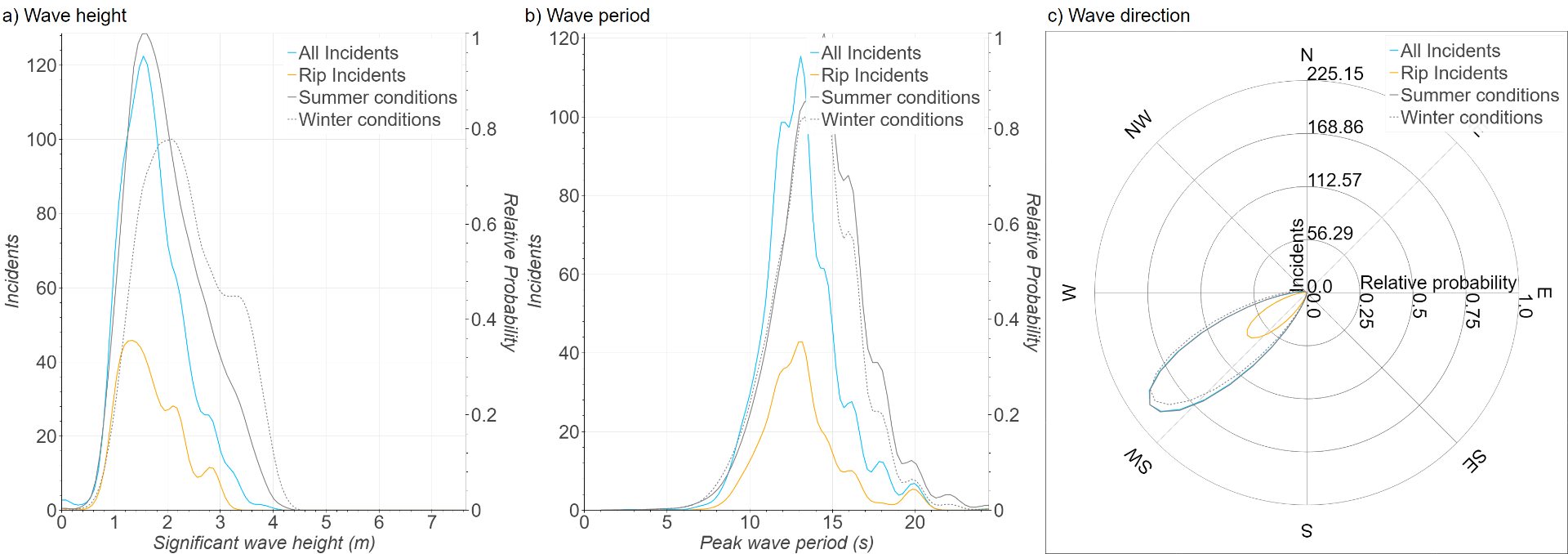
Figure 3. Incident distribution versus significant wave height (a), peak wave period (b), and wave direction (c) at Muriwai beach. In (a) and (b) the left axis indicated the number of incidents and the right axis refers to the relative probability of occurrence. The lines represent kernel-density plots of all incidents (blue), rip incidents (orange), wave conditions in summer (grey) and winter (grey dashed). All lines are normalized so that the total area under the curve is 1.
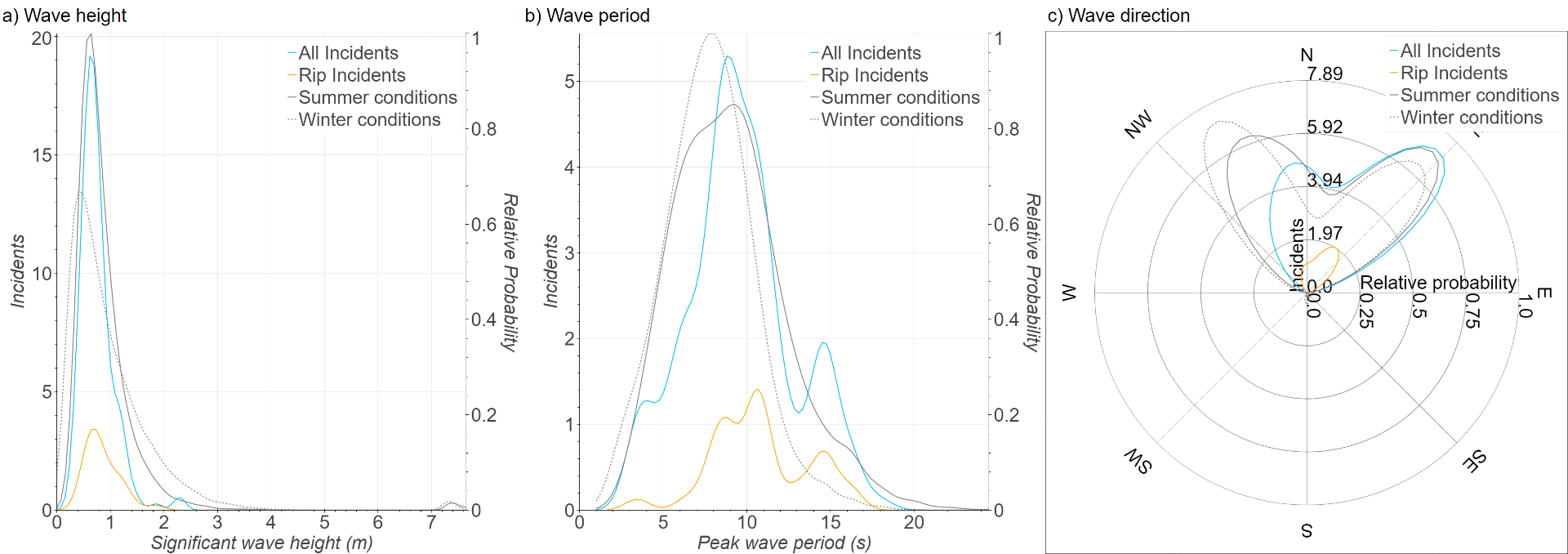
Figure 4. Relative probability of incident distribution versus significant wave height (left panel), peak wave period (middle panel), and wave direction (right panel) at Opotiki Beach. See caption of Figure 3 for details.
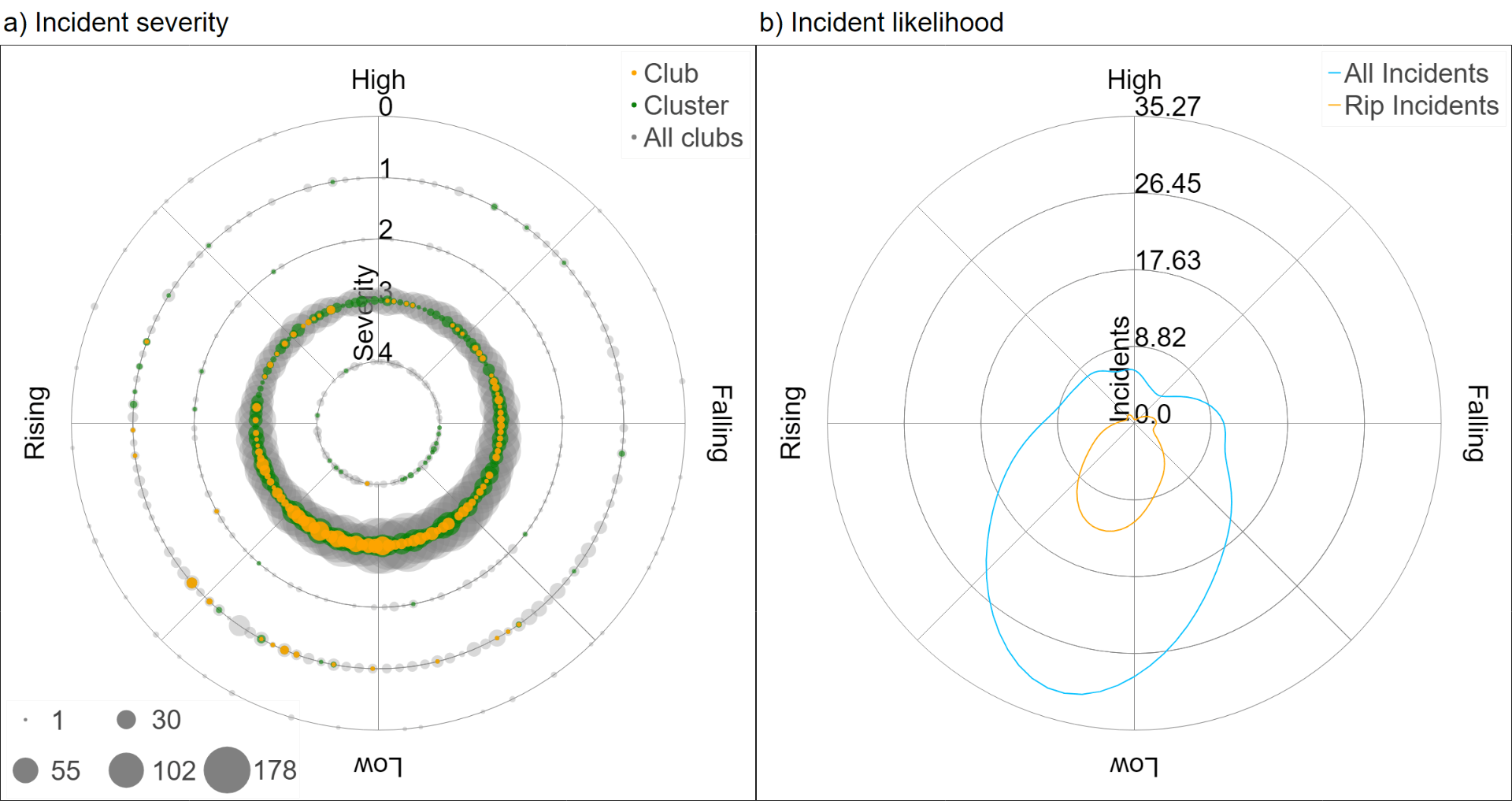
Figure 5. Incident severity (a) and Incident Likelihood (b) as a result of tidal conditions for Hot Water Beach. See caption of Figure 2 for details of subplot (a). The lines in (b) represent all incidents (blue) and rip incidents (orange),
Discussion
Conclusions
- Albuquerque, J., Antolínez, J.A., Gorman, R.M., Méndez, F.J. and Coco, G., 2021. Seas and swells throughout New Zealand: A new partitioned hindcast. Ocean Modelling, 168, p.101897.
- Arun Kumar, S.V.V. and Prasad, K.V.S.R., 2014. Rip current-related fatalities in India: a new predictive risk scale for forecasting rip currents. Natural hazards, 70, pp.313-335.
- Brighton, B., Sherker, S., Brander, R., Thompson, M. and Bradstreet, A., 2013. Rip current related drowning deaths and rescues in Australia 2004–2011. Natural hazards and earth system sciences, 13(4), pp.1069-1075.
- Gensini, V.A. and Ashley, W.S., 2010. An examination of rip current fatalities in the United States. Natural Hazards, 54, pp.159-175.
- Klein, A.H., Santana, G.G., Diehl, F.L. and De Menezes, J.T., 2003. Analysis of hazards associated with sea bathing: results of five years work in oceanic beaches of Santa Catarina state, southern Brazil. Journal of Coastal Research, pp.107-116.
- Koon, W., Rowhani-Rahbar, A. and Quan, L., 2018. Do wave heights and water levels increase ocean lifeguard rescues?. The American Journal of Emergency Medicine, 36(7), pp.1195-1201.
- Koon, W., Brander, R.W., Dusek, G., Castelle, B. and Lawes, J.C., 2023. Relationships between the tide and fatal drowning at surf beaches in New South Wales, Australia: Implications for coastal safety management and practice. Ocean & Coastal Management, 238, p.106584.
- Moran, K. and Webber, J., 2014. Leisure-related injuries at the beach: An analysis of lifeguard incident report forms in New Zealand, 2007–12. International journal of injury control and safety promotion, 21(1), pp.68-74.
- Scott, T., Russell, P., Masselink, G., Wooler, A. and Short, A., 2007. Beach rescue statistics and their relation to nearshore morphology and hazards: a case study for southwest England. Journal of Coastal Research, pp.1-6.
- Segura, L.E., Arozarena, I., Koon, W. and Gutiérrez, A., 2022. Coastal drowning in Costa Rica: incident analysis and comparisons between Costa Rican nationals and foreigners. Natural hazards, 110(2), pp.1083-1095.
- Short, A.D. and Hogan, C.L., 1994. Rip currents and beach hazards: their impact on public safety and implications for coastal management. Journal of Coastal Research, pp.197-209.
- Woodward, E., Beaumont, E., Russell, P., Wooler, A. and Macleod, R., 2013. Analysis of rip current incidents and victim demographics in the UK. Journal of Coastal Research, (65 (10065)), pp.850-855.
- World Health Organization, 2014. Global report on drowning: preventing a leading killer.
Acknowledgement
We thank the SLSNZ lifeguards around New Zealand for their efforts, without whom we could not have conducted this study.
See more case study projects
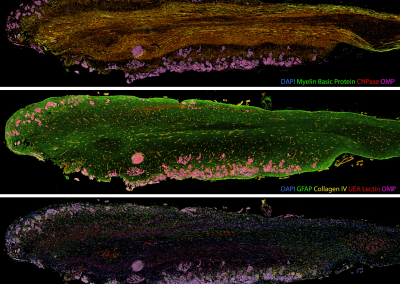
Painting the brain: multiplexed tissue labelling of human brain tissue to facilitate discoveries in neuroanatomy
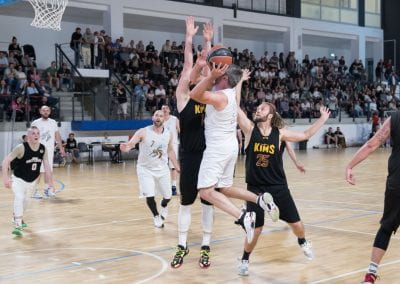
Detecting anomalous matches in professional sports: a novel approach using advanced anomaly detection techniques
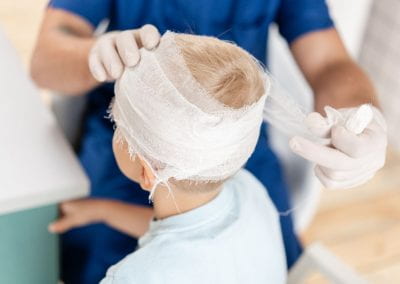
Benefits of linking routine medical records to the GUiNZ longitudinal birth cohort: Childhood injury predictors
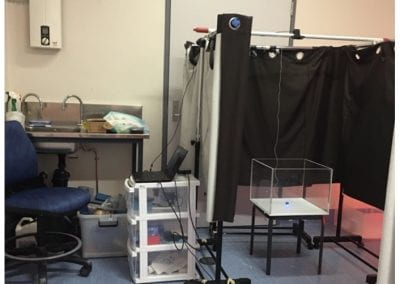
Using a virtual machine-based machine learning algorithm to obtain comprehensive behavioural information in an in vivo Alzheimer’s disease model
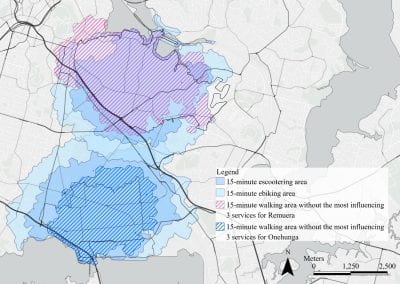
Mapping livability: the “15-minute city” concept for car-dependent districts in Auckland, New Zealand
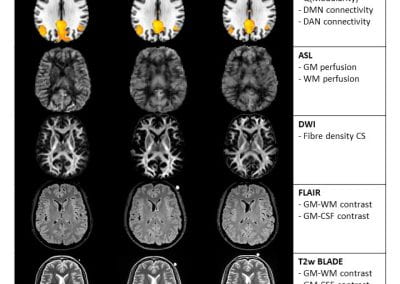
Travelling Heads – Measuring Reproducibility and Repeatability of Magnetic Resonance Imaging in Dementia
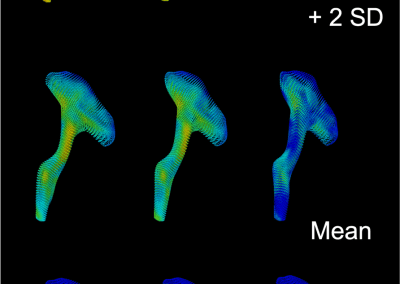
Novel Subject-Specific Method of Visualising Group Differences from Multiple DTI Metrics without Averaging
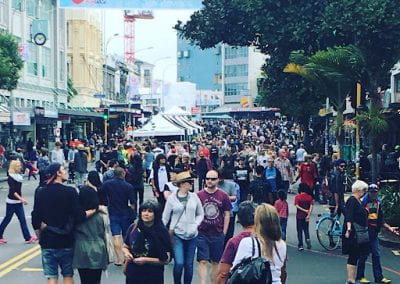
Re-assess urban spaces under COVID-19 impact: sensing Auckland social ‘hotspots’ with mobile location data
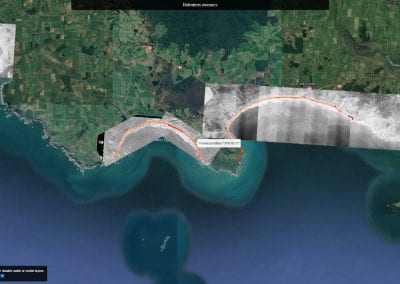
Aotearoa New Zealand’s changing coastline – Resilience to Nature’s Challenges (National Science Challenge)
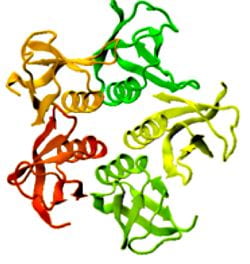
Proteins under a computational microscope: designing in-silico strategies to understand and develop molecular functionalities in Life Sciences and Engineering
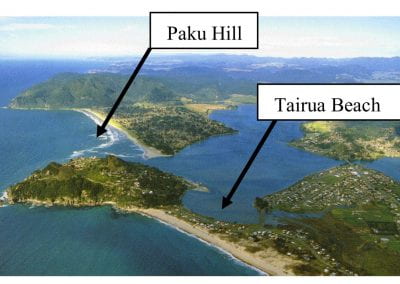
Coastal image classification and nalysis based on convolutional neural betworks and pattern recognition
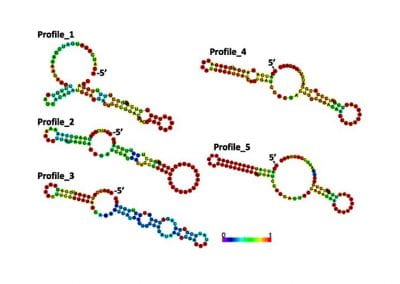
Determinants of translation efficiency in the evolutionarily-divergent protist Trichomonas vaginalis
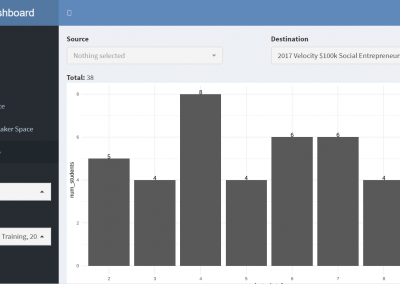
Measuring impact of entrepreneurship activities on students’ mindset, capabilities and entrepreneurial intentions
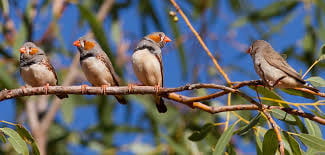
Using Zebra Finch data and deep learning classification to identify individual bird calls from audio recordings
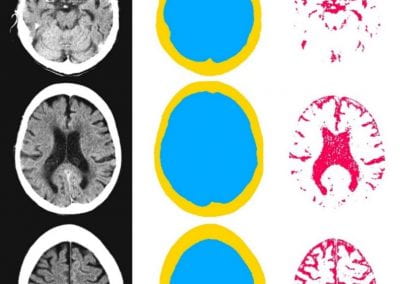
Automated measurement of intracranial cerebrospinal fluid volume and outcome after endovascular thrombectomy for ischemic stroke
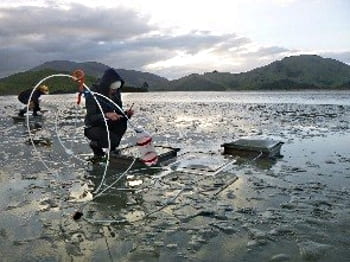
Using simple models to explore complex dynamics: A case study of macomona liliana (wedge-shell) and nutrient variations
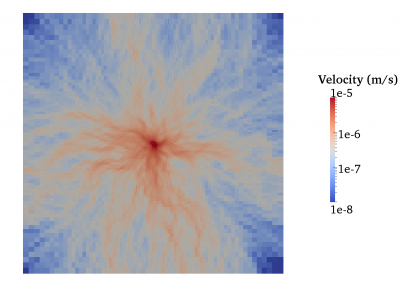
Fully coupled thermo-hydro-mechanical modelling of permeability enhancement by the finite element method
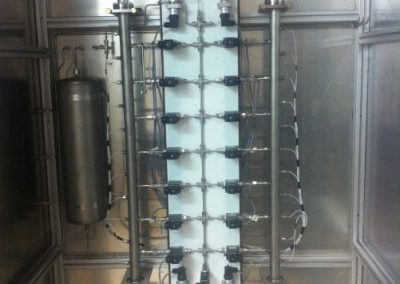
Modelling dual reflux pressure swing adsorption (DR-PSA) units for gas separation in natural gas processing
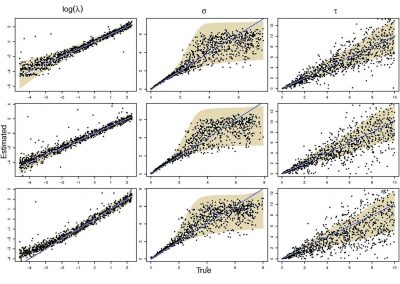
Molecular phylogenetics uses genetic data to reconstruct the evolutionary history of individuals, populations or species
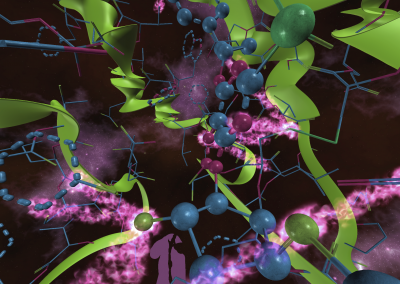
Wandering around the molecular landscape: embracing virtual reality as a research showcasing outreach and teaching tool

